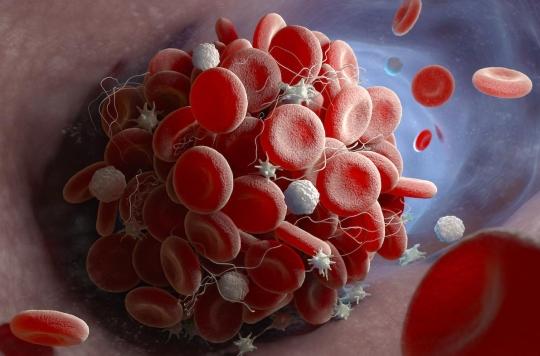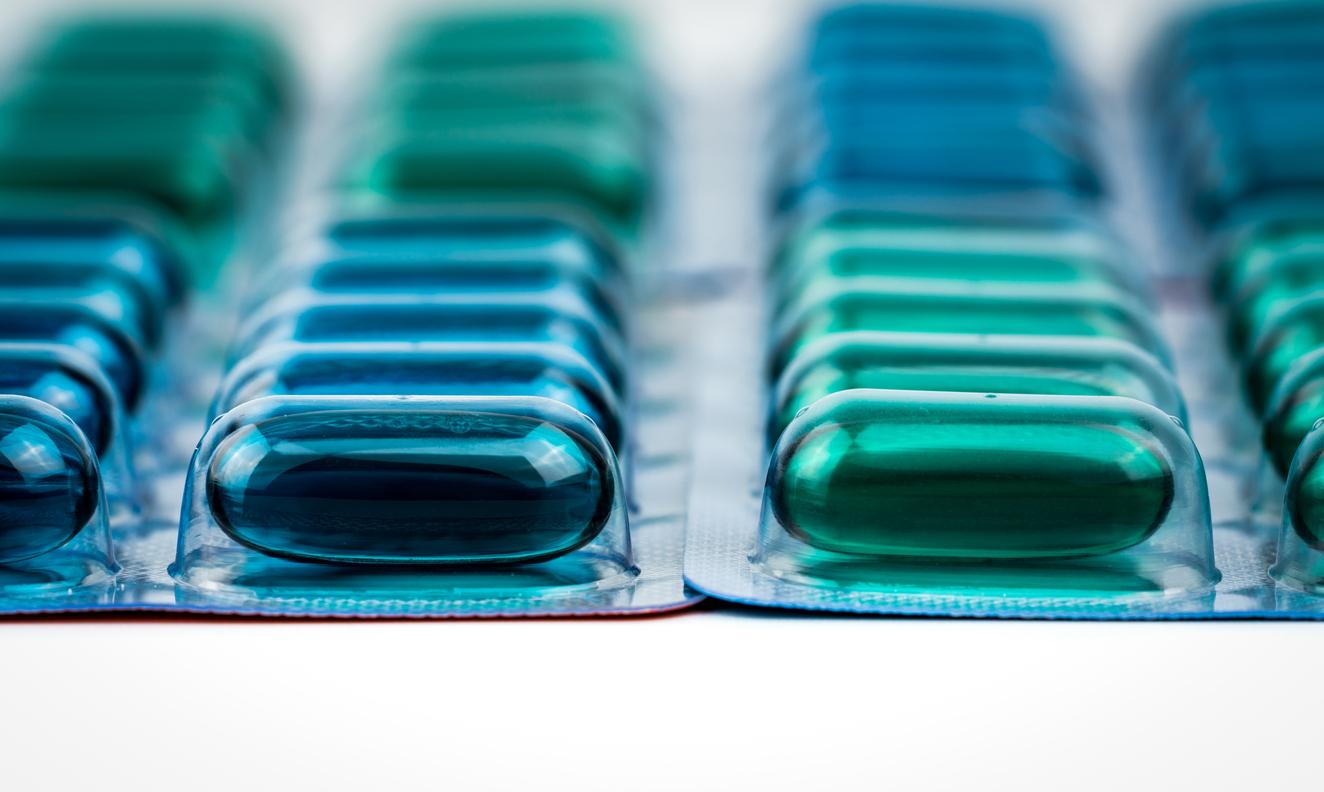US researchers have developed a micro-device to design and monitor drugs administered to patients with bleeding disorders.

- Current techniques for locating blood clots do not take into account the tortuous nature of the blood vessels.
- The researchers have created, through biomimicry, a device that sticks to the reality of blood vessels and makes it possible to better detect coagulation disorders.
- This device does not require expensive chemicals, is fast and provides results within 10-15 minutes using a low volume of blood sample.
Contrary to the representations that are made of them, the blood vessels are tortuous, have curves, spirals, bends… A real obstacle course for the blood which flows there and which modifies its fluid mechanics and its interactions with each contact. with the vessel wall. In a healthy person, these changes occur harmoniously with the blood vessels. In sick people it becomes more complicated and can lead to very complex flow conditions that activate proteins and cells which can lead to the formation of blood clots which can go so far as to clog these vessels.
A device that sticks to the reality of blood vessels
US researchers have created a new model that mimics tortuous blood vessels and creates a diseased microenvironment in which blood can rapidly clot under flow. This blood coagulation microdevice can be used to design and monitor medications for patients with bleeding disorders. “It can be used in the detection of coagulation disorders and used in precision medicine where you want to monitor prothrombotic or antithrombotic therapies and optimize the therapeutic approach”, specifies Abhishek Jain, researcher at Texas A&M University. The researchers published their findings in the journal Scientific Reports.
Currently, techniques for spotting blood clots and evaluating the effects of anti-blood clotting drugs are entirely based on chemistry. “They do not incorporate flow through naturally twisting and twisting blood vessels, which are physical regulators of blood clottingpoints out Abhishek Jain. Therefore, readings from these current static systems are not highly predictive and often result in false positives or false negatives..”
Faster detection of bleeding
The researchers then coordinated with clinicians to test the device with pediatric intensive care patients whose hearts and lungs are not working properly. The main reason for the problems of these patients, who require an extracorporeal membrane oxygenation (ECMO) machine, is blood clotting. Unlike conventional chemistry-based devices that are expensive and long-lasting, the microdevice envisioned by US researchers does not require expensive chemicals, is fast, and delivers results within 10-15 minutes using a low volume of liquid. blood sample.
These tests allowed the researchers to confirm that this new technique can detect bleeding in anticoagulated patients with low platelet counts, which can help doctors make better evidence-based clinical decisions for their patients. “Therefore, it is imperative that all tests, not just coagulation tests, must work and provide clinicians with timely and reliable information about their patient so they can provide the best care possible.”, reacted Abhishek Jain. For the team of researchers, the next step will be to continue clinical studies to compare their approach to standard methods and demonstrate the main advantages in terms of performance.
.
















